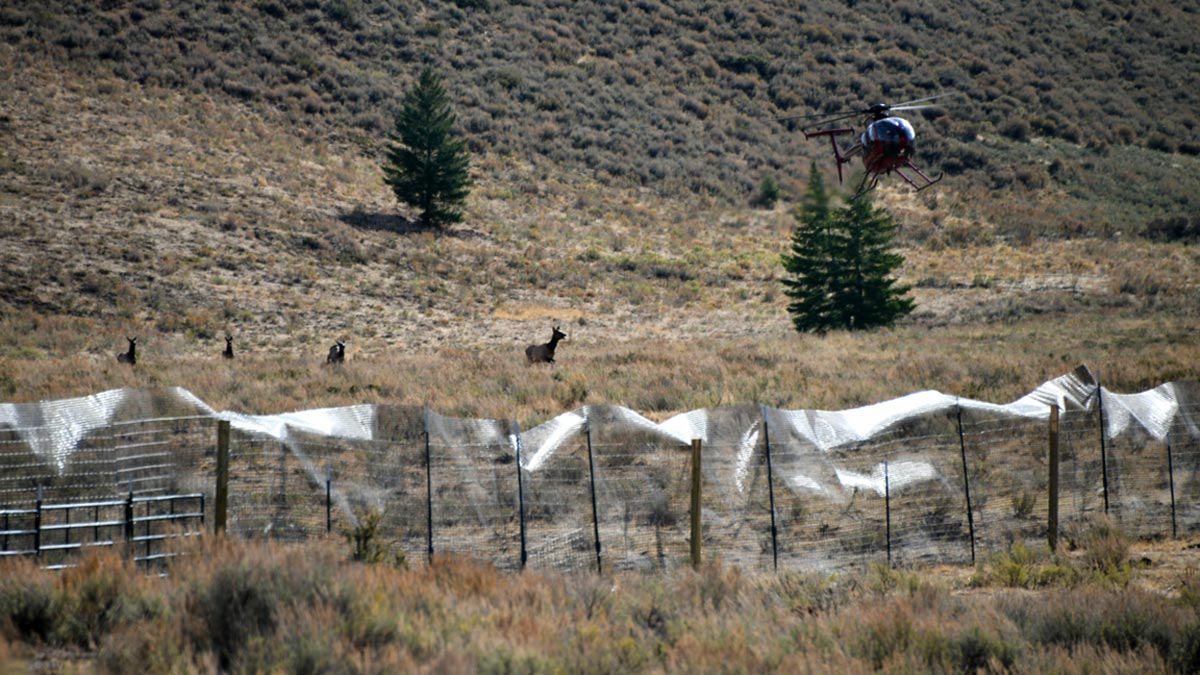Below is a news release from the Idaho Department of Fish and Game.
Three days of intensive elk trapping by Fish and Game biologists in the Little Camas region of southern Idaho has been completed. Trapping efforts were aimed at reducing the size of the herd of approximately 100 – 150 elk that has a long history of living almost exclusively on private property and depredating on agricultural crops leading to significant and expensive depredation claims.
In total, 17 elk were trapped on private property, with 16 elk translocated into the Bear Valley area of Game Management Unit 34. Five were adult females, two were yearlings, and 10 were calves. One calf was released on site. All translocated elk were ear tagged and six were outfitted with radio-collars to assess movements and survival in their new home. The radio collars will also help biologists determine if these elk make any effort to return to the Little Camas area.
No elk or Department staff sustained any injuries during the trapping operation.
Elk population numbers are strong in the Magic Valley Region, according to Regional Wildlife Manager Mike McDonald. “We’re reached a tipping point with our elk population numbers in our elk management zones in southern Idaho” according to McDonald, “with population numbers in the agriculture interface at the upper end of population objectives outlined in the elk management plan, it goes to reason that we’d see increasing issues with crop damage caused by big game.”
A cow elk waiting to be processed with a radio collar prior to being translocated into central Idaho.
Elk trapping is a rarely used management tool
Efforts to trap and translocate elk responsible for crop depredation is a rare occurrence. Officials with Fish and Game decided to trap and move elk in response to hunter input to deal with increasing depredation claims.
Trapping elk is not typically done during the late summer and early fall months, but rather it’s typically a winter activity. And, it is usually done by baiting elk into a corral. The efforts this year used a funnel trap, where very long wings were built which would funnel elk, driven by a helicopter, into small corrals before loading them into a stock trailer for transport.
Next steps
Additional trapping is scheduled to take place in late winter or early spring 2021. Wildlife managers will assess the number of elk returning to private property to determine if another trapping effort will be made.
Regional wildlife managers will continue to use hunters when possible to reduce the size of the elk herd. Department technicians will also continue to haze elk at night that move onto agricultural crops in an effort to change elk behavior. Efforts in 2020 have shown positive outcomes with what appears to be less crop damage compared to previous years. Sharp-shooting at night may still be required, but that decision will be based off of elk behavior during the summer of 2021.
For additional information, contact the Magic Valley Regional office at (208) 324-4359.
(Photo source: Idaho Department of Fish and Game)
